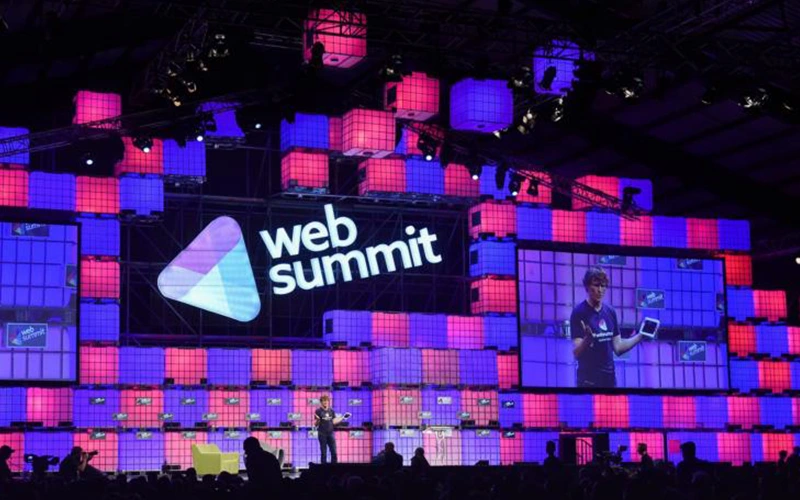Company traction, strong founding team, and the company’s true innovation and business acumen contribute to this honor.
OAKLAND, Calif. – October 1, 2015 – SUMO Scheduler, the category-defining Appointment Scheduling Automation solution provider for large organizations, recently received acceptance to the ‘Beta Program’ at Web Summit hosted in Dublin, Ireland in early November. Web Summit has been called “the best technology conference on the planet” and this year has over 30,000 registered attendees from over 100+ countries, 700 speakers, and 1,500 tech journalists. Less than 10% of applicants get accepted to the Web Summit Alpha Program and even less get accepted to the Beta Program. According to Web Summit, “Last year 40 startups that exhibited at Web Summit went on to raise a combined $1 billion in funding in the nine months that followed. Many of them were companies taking part in our Beta track”.
“Acceptance to Beta is a tremendous validation of our primary aim: to automate appointment scheduling for large sales and support teams worldwide,” said Jason North, CEO of SUMO Scheduler. “Our team is fully prepared to meet with prospective investors, journalists, and technology enthusiasts at Web Summit and show off our scheduling innovation.” If you are interested in meeting with the SUMO Scheduler team and potentially the CEO you are encouraged to email your interest to [email protected].
About SUMO Scheduler
SUMO Scheduler automates “appointment scheduling” for large sales & support teams. SUMO Scheduler is delivered on the Salesforce App Cloud, the world’s most trusted and comprehensive cloud delivery infrastructure. Applications include SUMO Core, SUMO Self-Scheduler, and SUMO Mobile. SUMO Scheduler is based in Oakland, California, with additional resources in New York, Florida, and India. For more information visit: SumoScheduler.com.
Trademark footnote: All corporate names and trademarks are the property of their respective companies.
This news release contains forward-looking statements that reflect the Company’s expectations with regard to future events. Actual events could differ from those anticipated in this document.




